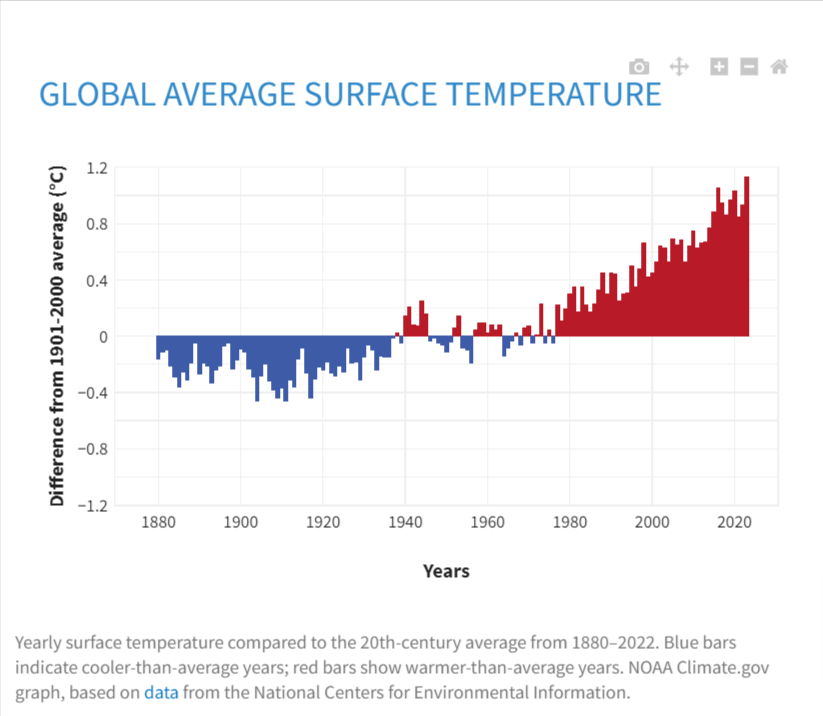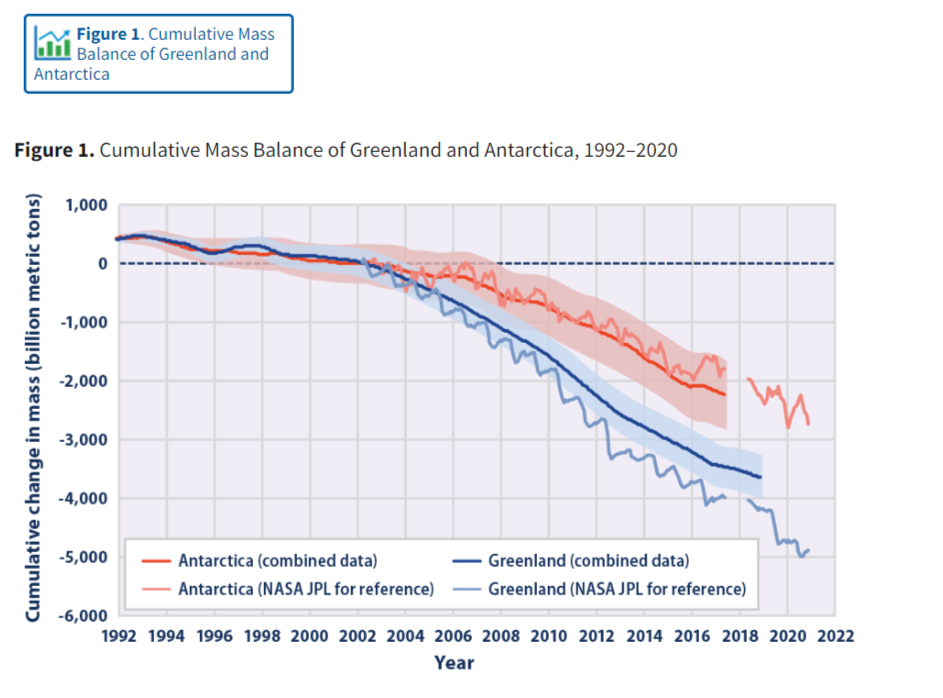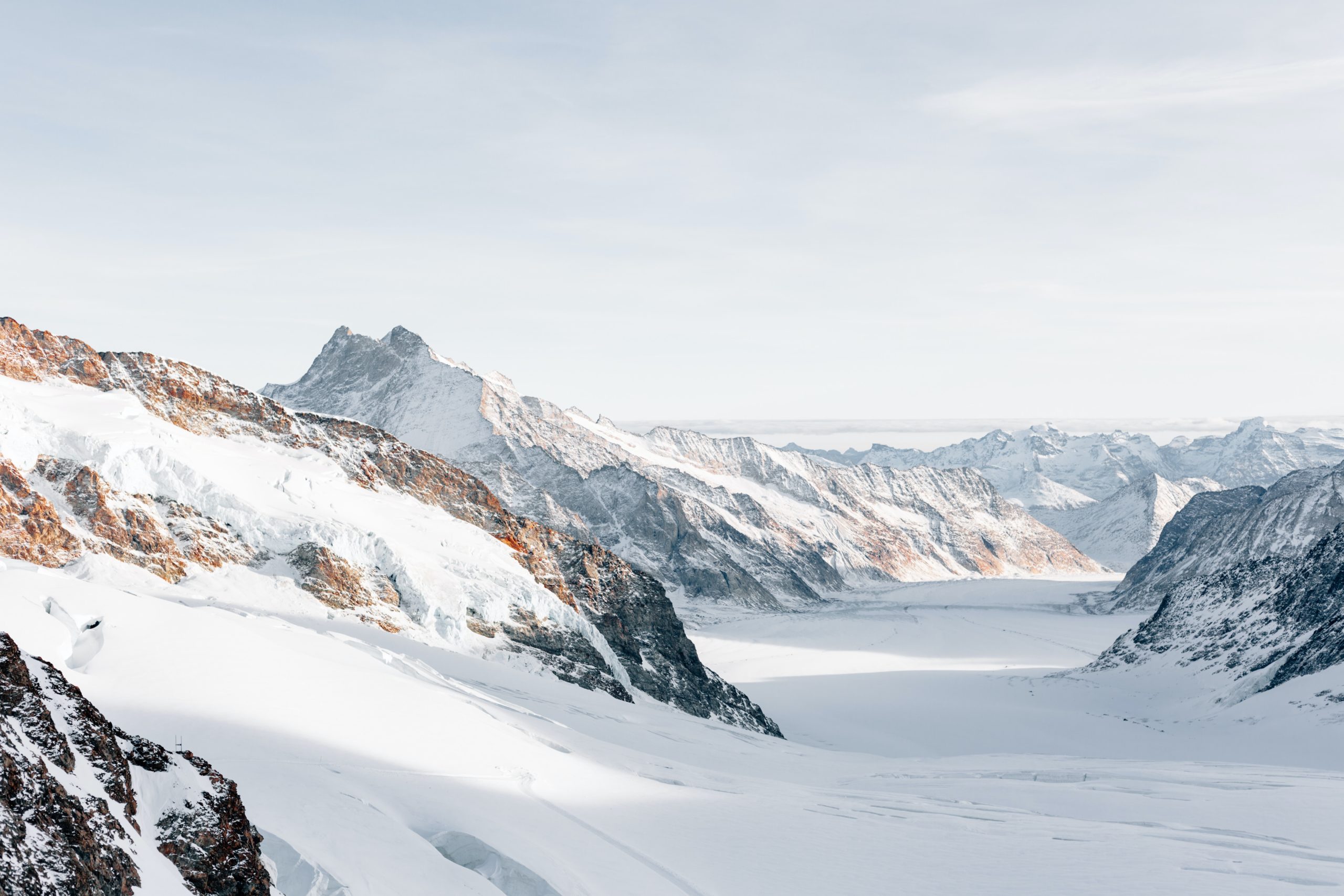Original article (in Serbian) was published on 25/11/2023; Author: Milica Ljubičić
After recent snowfall in parts of Serbia at the end of November, Nulta tacka, a web portal, has raised questions about the validity of global warming, a phenomenon scientists have long warned about. It is essential to clarify that the occurrence of snow does not disprove the existence of global warming. Vladimir Djurdjevic, a Professor at the Faculty of Physics in Belgrade, emphasizes that global warming doesn’t mean an abrupt end to snowfall; instead, it manifests in reduced snowfall, faster melting, and shorter winters.
Nulta tacka appears skeptical, citing the recent snowfall in Serbia as evidence against global warming. “Global warming?! In Serbia, it snowed up to 40 cm, some places were left without electricity due to the snow cover,” the portal declares, adding a comment about the “elite” blaming people for global warming and the supposed disappearance of winters. Following this skepticism, the web portal proceeds to share the weather forecast for the snowfall that affected parts of Serbia back in November.
“In the mountains in Serbia, there was an increase in the snow cover, and on Goc, there is up to 40 centimetres of snow”, writes Nulta tacka, then providing details about how much snow fell in Golija, Kopaonik and Zlatibor district.
The tone of the text suggests that Nulta tacka questions the concept of global warming based on the recent snowfall in Serbia.
The denial of global warming, fueled by the occurrence of snowfall or lower temperatures, has persisted in the public discourse for quite some time. Notably, former US President Donald Trump was known to question the concept on Twitter, particularly during instances of snow or cold weather, rhetorically asking about the whereabouts of global warming.
In a similar vein, Republican Senator James Inhofe, a prominent climate change denier, made a memorable statement in 2015 by presenting a snowball in the Senate as supposed “evidence” against the reality of global warming.
Can the Presence of Snow and Winter Disprove the Reality of Global Warming?
“The fact that it is occasionally cold or snowing does not mean that climate change does not exist”, Vladimir Djurdjevic, a professor from the Institute of Meteorology at the Faculty of Physics in Belgrade, told Raskrikavanje.
“The basic metric of what we call climate change or global warming is the increase in the average global temperature. It is a change over a long period of time, within which there can be smaller periods of cold weather and periods of warm weather. However, when we calculate the average global temperature, we see that today the Earth is much warmer than before”.
Dispelling a common misconception, Djurdjevic explained that global warming doesn’t mean an abrupt end to snowfall. Instead, he highlighted that due to these changes, there will be, on average, less snow, and it will persist on the ground for a shorter duration. However, he emphasized that occasional variations, such as increased snowfall or colder periods, can still occur.
He noted that in order to understand climate change, it is important to distinguish between weather and climate.
Meteorological weather encompasses day-to-day variations, including temperature shifts, precipitation, and transitions between warm and cold conditions. On the other hand, climate reflects long-term trends. Djurdjevic explains, “When we observe the changes in the long term, we see that the planet is warmer and that the seasons are on average warmer, and the winters are warmer than before, but that average warmer winter does not mean that there cannot be a period when it snows.”
Djurdjevic further highlights that abrupt weather changes, like a sudden drop in temperature followed by snow and then a rapid warm-up causing snowmelt, result from alterations in air mass circulation—a consequence of climate change. He notes that this shift occurs due to the diminishing temperature gap between the North Pole and subtropical regions. The North Pole’s warming at four times the rate of subtropical regions influences the circulation of air masses across the Northern Hemisphere. T“So, if the snow falls suddenly and a lot of it, it is one of the proofs that climate change has progressed”, concludes Djurdjevic.
Ironically, recent events in Serbia align with these observations, as certain regions experienced up to a meter of snowfall in the end of November, followed by temperatures soaring up to 20 degrees Celsius.
The US Environmental Protection Agency supports Djurdjevic’s insights, stating that Earth’s rising average temperature leads to increased water evaporation from seas and oceans into the atmosphere, subsequently manifesting as precipitation in the form of rain or snow. Depending on local conditions, rising temperatures might lead to increased snowfall or rainfall, showcasing the complex dynamics influenced by climate change.
Justin Menkin, a scientist and geography professor at Dartmouth, recently shared with CNN that “likelihood of snowfall extremes actually increases with global warming and that’s because as we heat up our atmosphere, the atmosphere’s ability to be a reservoir for moisture gets enhanced.”
Adding to this perspective, Brian Bretschneider, a scientist from the Meteorological Service in Alaska, elaborated to CNN on the snowfall trends in the northwestern part of the USA. He noted a positive trend in snowfall but highlighted a negative trend in the overall days of precipitation throughout the year. This suggests that while more snow is falling, it’s concentrated over fewer days, potentially indicating a pattern associated with the anticipated increase in extreme snowfall linked to climate change.
The Earth’s average global temperature has increased by 1.1 degrees Celsius since the late 19th century. Scientists attribute this rise to human activities, including the burning of fossil fuels like oil, gas, and coal, as well as deforestation.

The graph above shows the average annual temperature of the Earth’s surface by year.
This rise in the global average temperature is wreaking havoc on both human populations and natural ecosystems across the globe. Notably, the ongoing melting of ice in regions with year-round snow and ice cover, such as Antarctica, is contributing to a significant surge in sea levels.
The graph below shows the decline in the amount of ice in Greenland and Antarctica over 28 years.

According to the US Environmental Protection Agency, the cumulative ice loss from Greenland and Antarctica between 1992 and 2018 has been substantial enough to elevate global sea levels by an average of seven-tenths of an inch, equivalent to approximately 1.7 cm.
In a concerning revelation, scientists are sounding alarms about a glacier in western Antarctica, roughly the size of Florida, undergoing melting due to the impacts of global warming. This phenomenon poses a serious threat, potentially triggering a considerable rise in sea levels over the next few centuries.
According to data from the National Snow and Ice Data Center in Colorado, there has been a noticeable decline in the amount of snow and ice in certain parts of the Northern Hemisphere between 1966 and 2010, particularly during the spring snowmelt season. A study conducted in 2012 also highlighted an increased rate of snowfall post-2003.
In 2015, during a landmark event in Paris under the United Nations, a global agreement targeting climate change was signed. Widely recognized as the Paris Agreement, this pact has garnered signatures from 195 countries thus far.
Within the framework of this agreement, participating nations committed to working towards limiting the global average temperature increase to below two degrees Celsius, with an added effort to cap it at 1.5 degrees Celsius. One of the core commitments involves undertaking national initiatives to curb gas emissions, thereby contributing to the global fight against climate change. Serbia, as part of this collaborative effort, signed the Paris Agreement in 2017.



